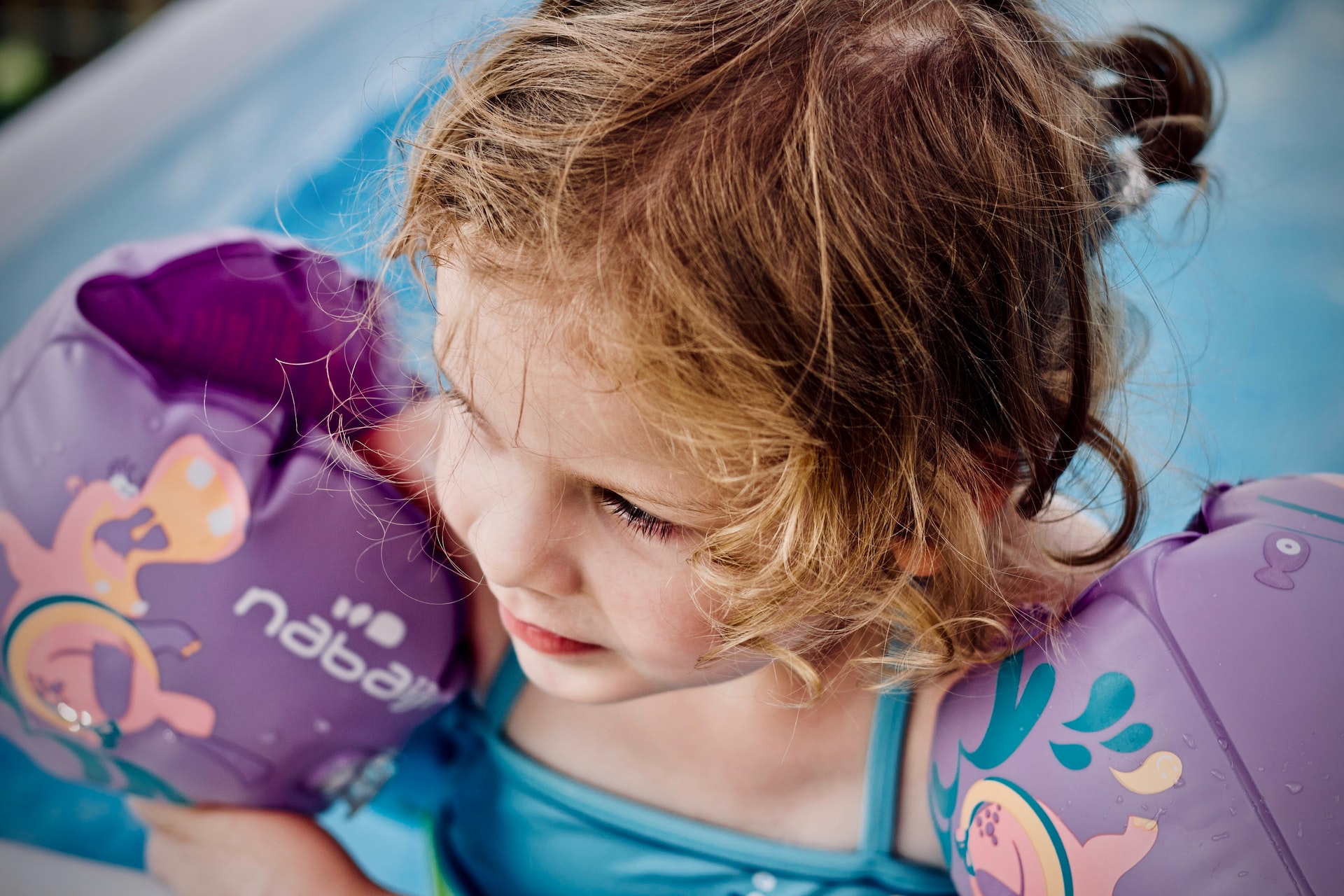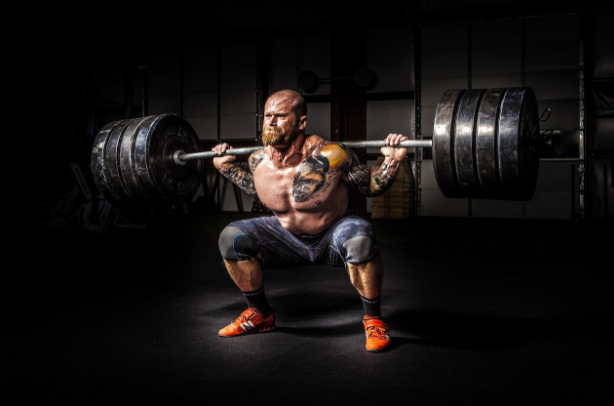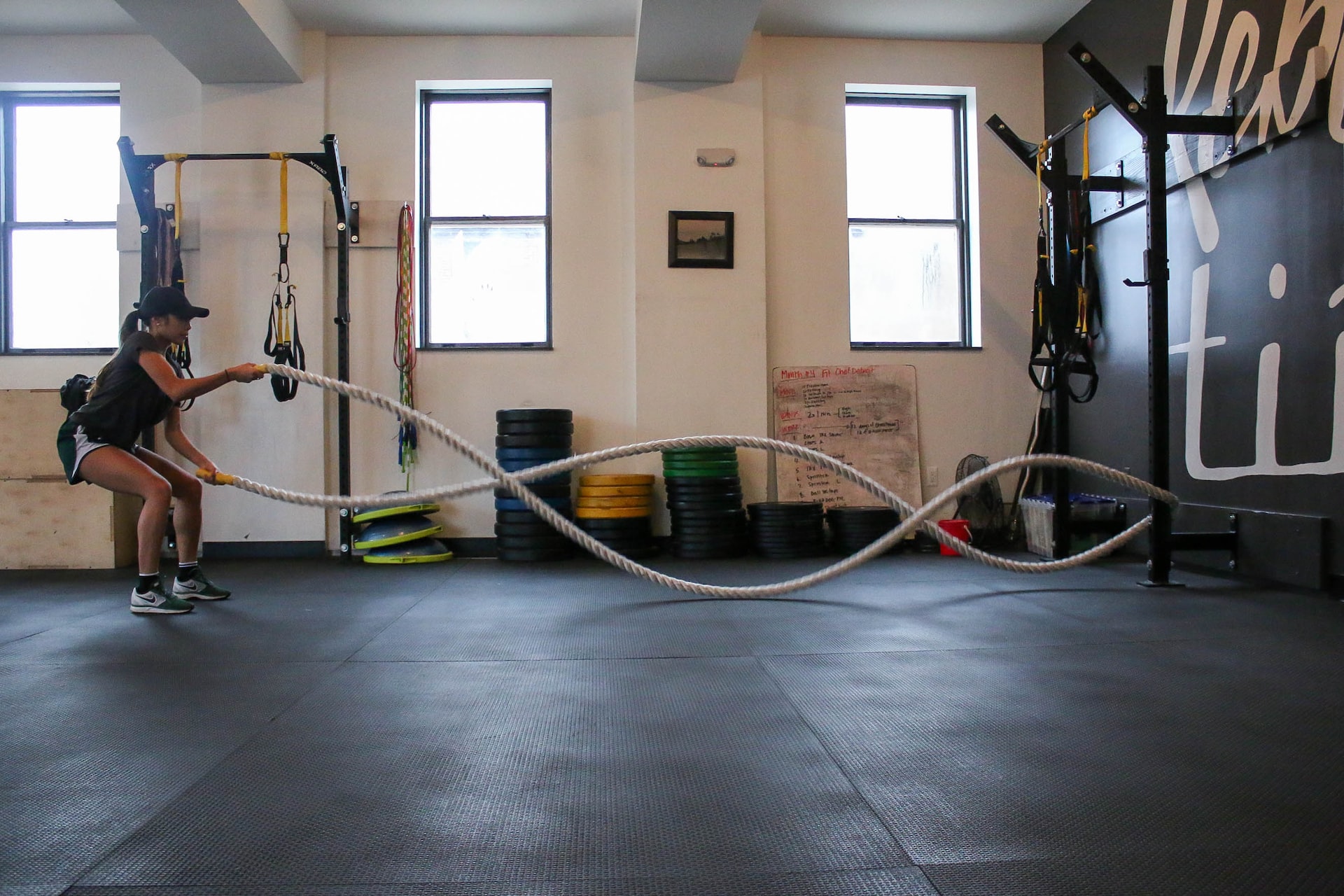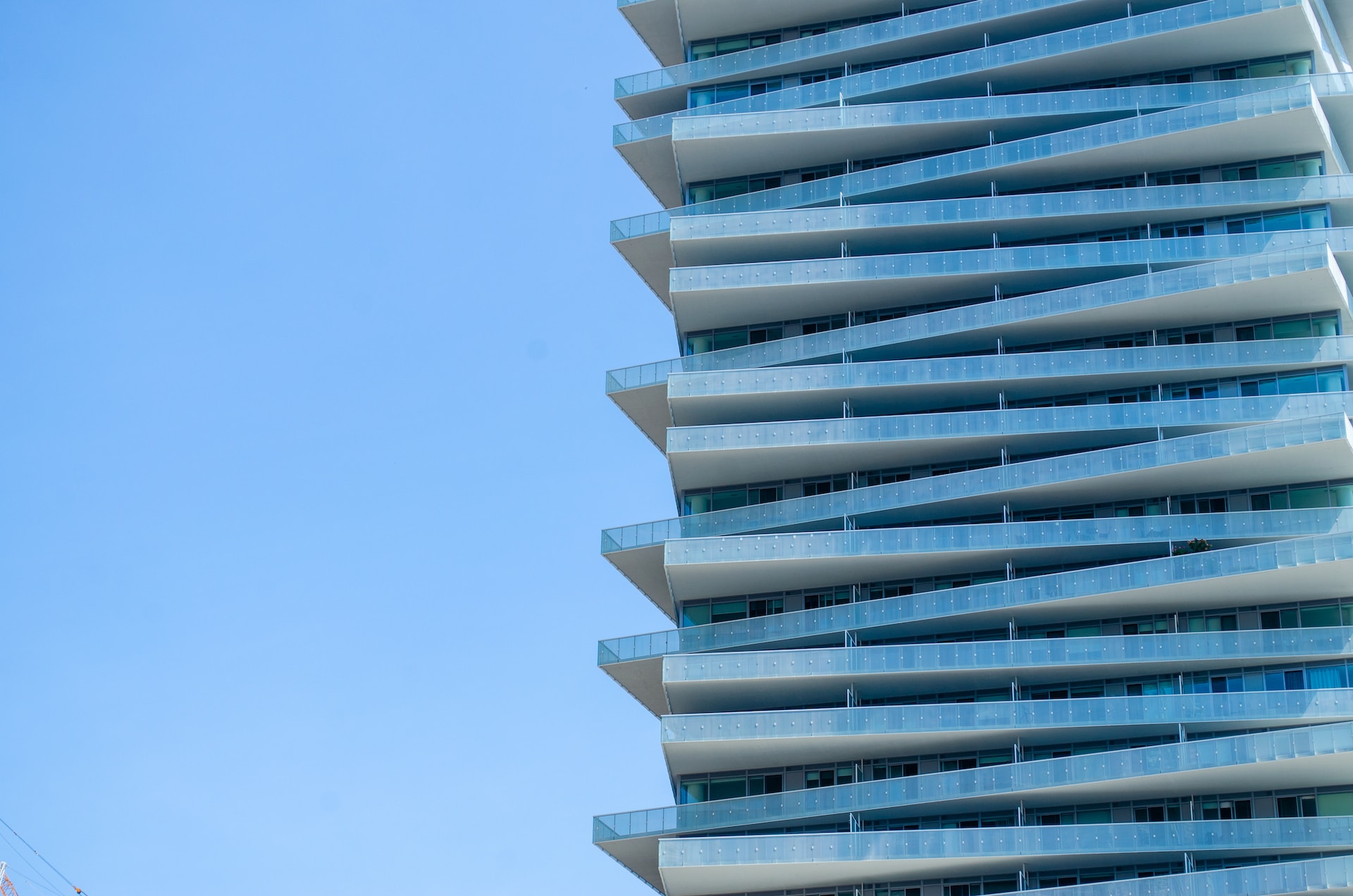If you don’t know how to do it, don’t worry; I’ll help and do my best to make swimming more enjoyable. Learning to swim may be both terrifying and exhilarating at the same time.
This manual will give you a Step-by-Step process for learning how to swim. But let me remind you that this is Lesson No. 2 if you’re going to teach your child. As a result, if you’re introducing your child Observe this blog: How do you educate a child to swim?
Beginning swimmers can learn to swim in just 4 simple steps.
1. Feel the water.
To learn to swim, one must first feel at ease in the water. “Build the Water Confidence Stage” is how I refer to it. Simply move back and forth in shallow water; for children, it’s best to do this in the baby pool next to the wall. This will enable you to feel the water.
Step 2: Submerge bubbles in the water
This is an enjoyable and significant aspect of breathing. To accomplish this, keep in mind when you are over water. Breathe in via your mouth, hold until you are submerged, and then gently exhale through your nose. Breathe in, hold for two seconds, and then exhale five times as you read this to get ready for being underwater. I suggest wearing goggles when you blow bubbles underwater since it will keep your eyes open and allow you to see underwater, which will make you stable and fun at the same time.
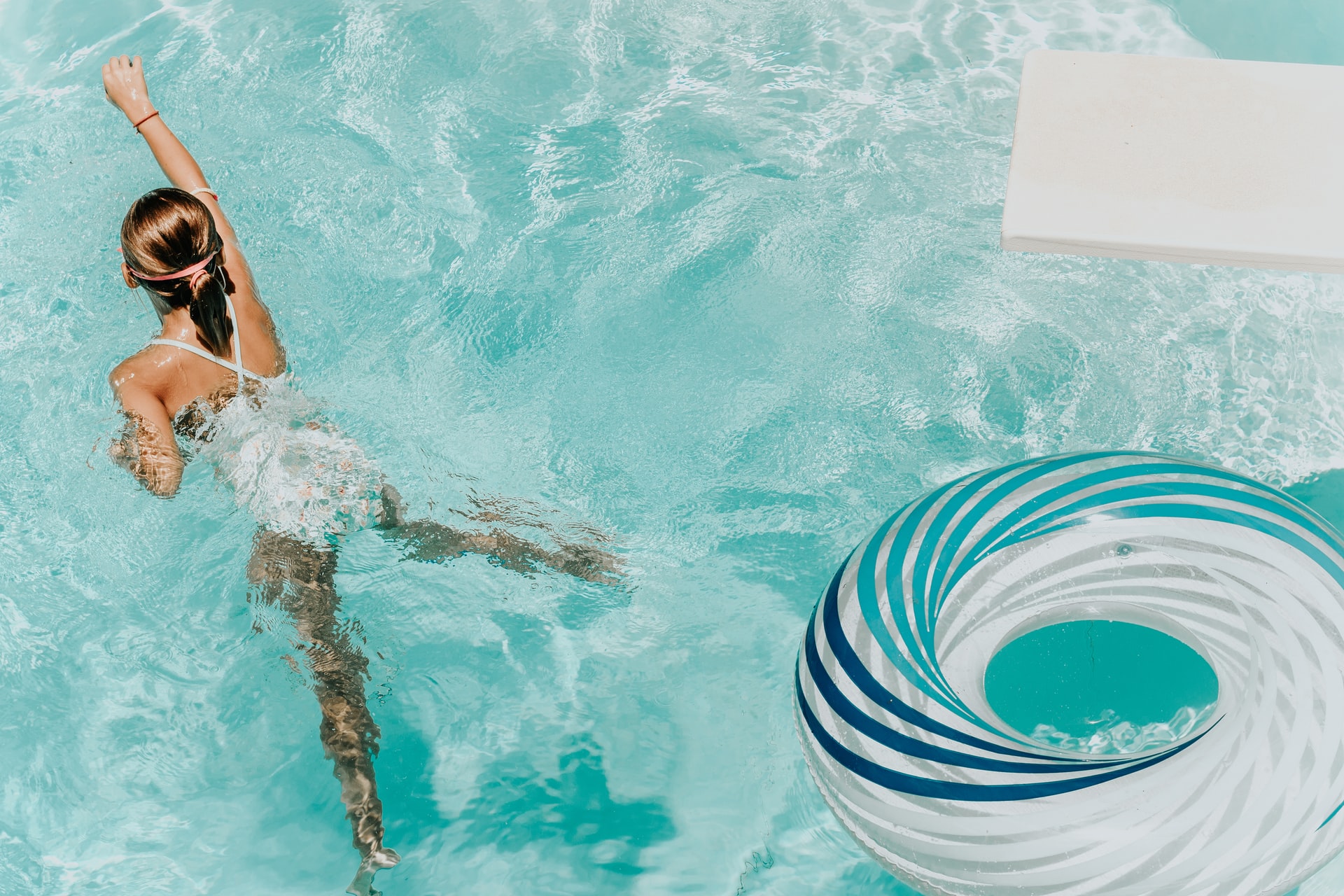 3: floating
3: floating
Let me first explain that there are two ways to float: the first is to simply lay on your back and unwind, and the second is to lower your chest and head into the water. We’ll concentrate on the latter because it will aid with Swimming coaching.
1. A relaxed posture:
2. Swim Position: To get the proper swim position
We must become proficient in this job. In order to accomplish this, use a rod that is attached to the pool; if not, use the pool’s edge wall as a backup. Once you have stabilized yourself against the wall, take a deep breath, hold it, and dip your head under the water. You’ll find that your lower body will naturally rise. This is buoyancy; when you hold your breath, you float higher above the water. This comes naturally to some people, but for many, their upper bodies float while their lower bodies sink. Just try the approach once more without worrying. Proper body and head alignment, as well as relaxation, are essential for successful floating.
4 step: kicking
A powerful leg kick acts as an engine to carry you through the water and aid in balance. For the various strokes, there are a few distinct types of leg kicks. Flutter Kick is the one we wish to learn as beginners. You can do two things to learn this: one above water, the other underwater.
Atop the water
In the water: Remind children to keep their legs straight and to only flap them in the water. Make sure they don’t stoop to the ground. I’ve seen kids adore this activity. So let them take in and absorb.
Steps 2 and 3 should be kept in mind because learning Flutter kick will require both of them.
You may have observed that as you complete step 3, your body begins to float when you exhale. It’s crucial to keep from kicking the bottom. In order to practice kicking, push one leg down into the water before the other, moving back and forth while gently bending your knee and breathing as if you were nodding. YES, that’s when you lift your head out of the water and inhale deeply. Exhale before entering the water.
I usually advise my pupils to kick from the hip because it produces a harder kick and keeps their body in proper alignment.
Breathing, floating, and kicking, then Once you’ve mastered this and given it enough of practice, you can use the kickboard and complete your first lap of the pool.


